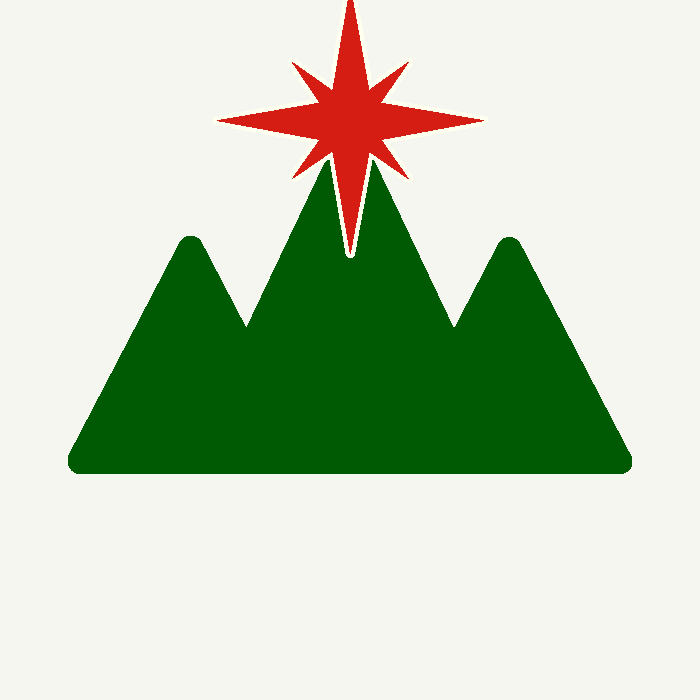Strengths, Weaknesses and Fusions

Last week, I ran a Retro, which was much more successful than I anticipated. SO I thought I’d share. The team was comfortable in the Norming Stage. I wanted to help get them to thePerforming Stage.
In the next iteration, half the team would join another project. The rest would work on the existing project as we handed it off. So I felt that the retro should focus on what would remain consistent: the people. I wanted it to build deeper trust within the group. This would lay the groundwork for entering the Performing stage.
I didn’t have much of a plan, but I needed to get them talking to one another. We needed a topic that was deeper than everyday conversation. The morning of the retro, a theme struck me: ‘Strengths-Weaknesses-Fusions’. It was like other retros, which relying on three columns or topics. But I needed to separate the group mentally from the ‘same-old-thing’.
So I brought the team to a new and interesting location: The picnic table outside the office. The change of venue helped them ease into the idea: this retro would not be like the normal start-stop-continue.
I brought 3 colors of sticky notes, 1 of each for each person. I had green, goldenrod, and pink. I handed out the set, and told them we would use the green and goldenrod first. On the Green, they were to write a core strength of theirs. One that they thought could be used better to benefit the team. And on the goldenrod, I had them write a weakness of theirs. One they believe that, if covered, would improve the performance of the team.
During this phase, I was lucky! One of our number mentioned that he didn’t know what to write for his strength. I seized the opportunity and put the question to the group: What is he good at? There were a variety of answers and everyone had one for him! This gave him the boost he needed to write his own. Instead of writing one of their ideas, he wrote: ‘Asks good questions’. And he was right.
I collected all the strengths and weaknesses, and put them into columns. I headed these with a humorous clip-art related to the grouping , strength or weakness. By luck, or intent the team lead and I were joking about weaknesses at the time. I segued into the discussion by opening with him reading his own perceived weakness.
I followed this by having him read his strength. I took a moment to emphasized to the group: ‘Vegetables followed by desert’. And then I read my own weakness and strength. We proceeded around the group, with each man owning his weakness and his strength. And once everyone had their cards back I explained the use of the pink one.
I brought out another column, with a clip-art ‘fusion’ picture. I instructed them to write one or both of the following. How could your strength be used to cover someone’s weakness? How could someone’s strength be used to cover your weakness? The core of the question was to unite the abilities of the team in make the team better and stronger.
To my delight the group took to the idea immediately. Everyone was eager to offer their strength to aide the group. Most were able to also ask for someone’s help in covering their weakness.
With those notes read aloud, I took a moment to re-iterate. Everyone who had heard someone offer to cover a weakness: They had just offered to help. Do not be afraid to ask. Everyone who suggested a way for someone else to cover their weakness, they had just asked for help. Do not be afraid to offer it.
With that I called a close to the retro. The team walked away in animated discussion, joking among themselves. I hung back a moment to clean-up and to breathe. The retro exceeded my expectations. I hope you can use it to similar improve your team’s esprit de corps.
